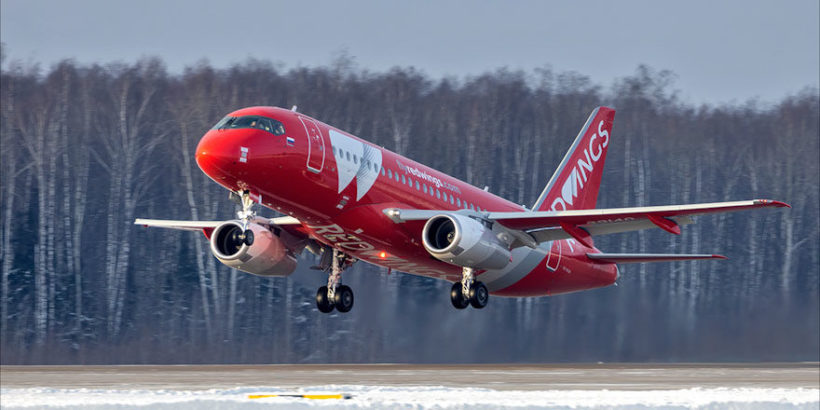The intensity of operation of domestically produced SSJ100 aircraft remains at a high level. In 2024, the Superjets of Red Wings Airlines alone carried 1,785,423 passengers, with flights to more than 70 destinations, both domestic and international, and the total flight time of this type of aircraft in Red Wings livery exceeded 46,000 hours.
In one month, one of the aircraft spent a maximum of 391 hours in the sky, or an average of about 16 hours per day, according to Rostec’s aviation cluster. For comparison, this is a lot or a little: according to the Airbus aerospace concern, Ural Airlines has become the best in the world in terms of average daily flight time on A320neo family aircraft and is among the three leaders in terms of flight time on A321neo. According to Airbus analytics, between September 2020 and September 2021, one of the airline’s A320neo aircraft was in flight for 15.45 hours per day. During the same period, an A321neo aircraft operated 13.72 hours per day.
‘The SSJ100 confirms its status as a workhorse of civil aviation. At the same time, the aircraft continues to be improved taking into account the new data obtained in the course of operation. Import substitution within the framework of this project is nearing completion. More than 40 systems and units have been replaced by Russian ones through the concerted efforts of Russian co-operation,’ the Rostec representative said.
To date, 159 Superjet 100 aircraft are operated by seven airlines in Russia. Since the first commercial flight, which was performed on 21 April 2011 by Armavia, the total flight time of these machines has been more than 1,745,000 flight hours, and the number of flights performed has exceeded 977,000. In the third quarter of 2024, four airlines recorded an average daily flight time per aircraft of this type of aircraft of more than 8 hours.
According to Rosaviatsia, 9.4 million passengers were carried on Superjets in 2023. The serviceability indicators of SSJ100 aircraft remain at a high level even after the termination of co-operation with Western partners in 2022. Flight regularity remained at 97-98%, and the SSJ100 fleet’s operational intensity surpassed pre-pandemic values.
By November 2024, the number of aircraft components serviced increased to 311 items, up from just 59 in February 2022. The number of repaired items for some items in 2024 increased by 200 per cent or more compared to the previous year.


 (2 votes, average: 4.50 out of 5)
(2 votes, average: 4.50 out of 5)